This comes out of two things, one people like blinky toys, no matter how cool a thing you make, blinkenlights just has a mass appeal. To make it a bit more interesting i've added the ESP8266 and some I/O ports.
It is basically a remix of my WiFi Xmas lights, i've switched it over to 3.3V for everything except the LED's, the middle revision of the xmas lights tried the simple transistor logic level shifter, but its only good for 400khz, so i ended up just swapping back to an IC which ends up being as cheap and just one part to solder on.
I back ported all the routines from the PC lightserver back into the PSOC and left the functionality for it to be driven by UDP as well, so either a pattern or block of 22 RGB values can be sent out from another wifi device.
It runs off two CR123As, which is interesting since they provide a lot of amperage, and since they are 3V, two at 6V and the LED's can take about 5.3V max, i added a diode to protect the circuit from putting the battery in the wrong way, which is a big problem with the CR123A.
First off i tried running off one battery at 3V to see what it happened, it worked until about 2.6V with the diode, and 2.3V without. (since 0.3V is typical voltage drop for this type of diode) I'm fairly amazed it worked for about 6-7 hours like this with no dimming. The blue drops out first, since least efficient, then green then RED just keeps going on and on ( and the PSOC)
About the brass stencil i use, this one i got from a pack on amazon since i'd used up the last of my K&S brass sheets on 23B sparklecon stencils. I tried a thinner sheet than the usual 3mil, it worked pretty well it's tough to spread solder on the round board like this without a jig. The actual badge has a flat side for the lanyards (and to help PNP)
Typically i'd use the method that i'd learnt from sparkfun years ago about shrinking the tCream layer in eagle with the DRC min/max setting, but as i was playing around with different levels of shrink and settings in my CNC software . I noticed that in Eagle the shrink origin is 0,0 top,left of the pad, and my CNC shrinks from the centre of the pad, which now makes me realise why in the past the solder had always seemed offset. Using a centre point to shrink from puts all the solder in the middle of the pad, versus on the edges. Now how that plays out we shall see, some components touch the edges more, some more middle, But it worked just fine for this test build, i definitely prefer middle of the pad.
Heat is really the enemy of these WS2818B's and either a couple arrived with issues, or i heated them up too much , typically i'm about 170F on the hot plate. The common fail was just missing or odd colours.
I'm doing extended batteries tests . without the ESP8266 since it draws a lot, and so far so good, with dimming levels i can get it down to a non daylight 20mA-40mA draw, which is great.
Oh and since i'd sent this in one day after i got out of ICU, i had made two mistakes.. one which always catches me in eagle is renaming a signal that is spread across multiple sheets, and its nearly always VCC/VDD , adding the logic IC needed a VCC named wire, so i did that but of course i severed the connections to the LEDs. At first i thought i had a ground problem since touching certain places on the board made the LEDs light, but it was simply they had no power supply, after the red herring of looking for missing grounds or non soldered pins or just a flaw in the design , especially at the 3v>5V logic converter, i looked at the schematic and it stuck out like a sore thumb.. The weird thing is that i have done this at least three times before ( once on a previous L1 badge) it just keeps catching me out, a simple rename of a net severs the connection. Add to the list (that never gets checked)
I am curious to see what happens if i run these LEDs at 6V for a short while (basically til he batteries drop voltage!)
The other mistake i made was the orientation of the ESP8266 which is yet again another repeat...
Read more » charliex
charliex




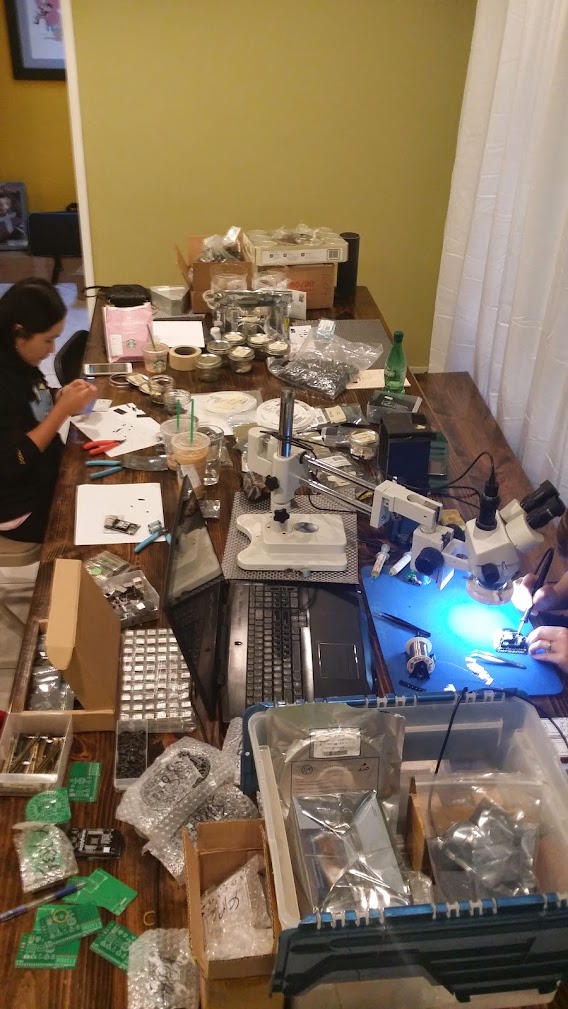
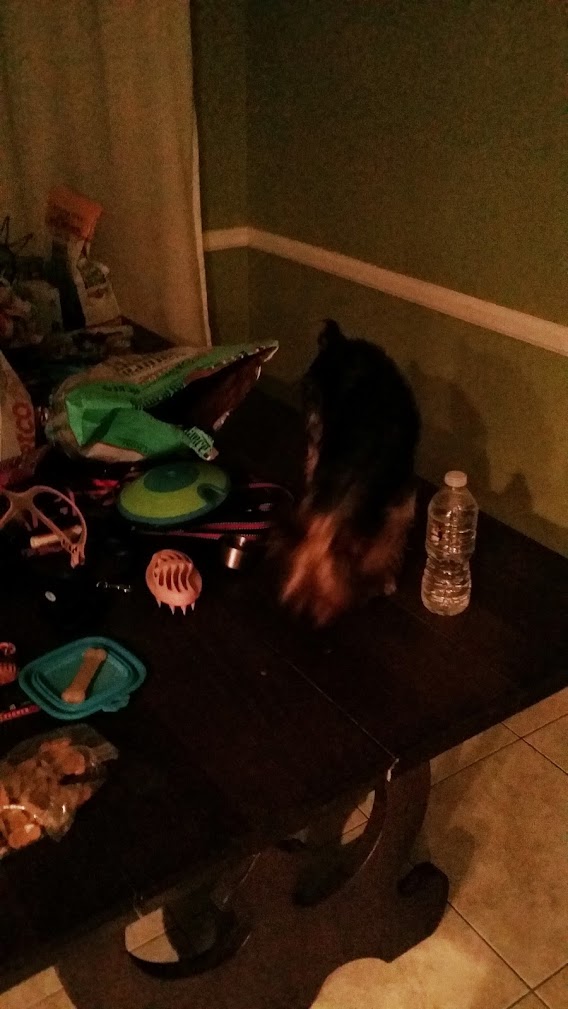
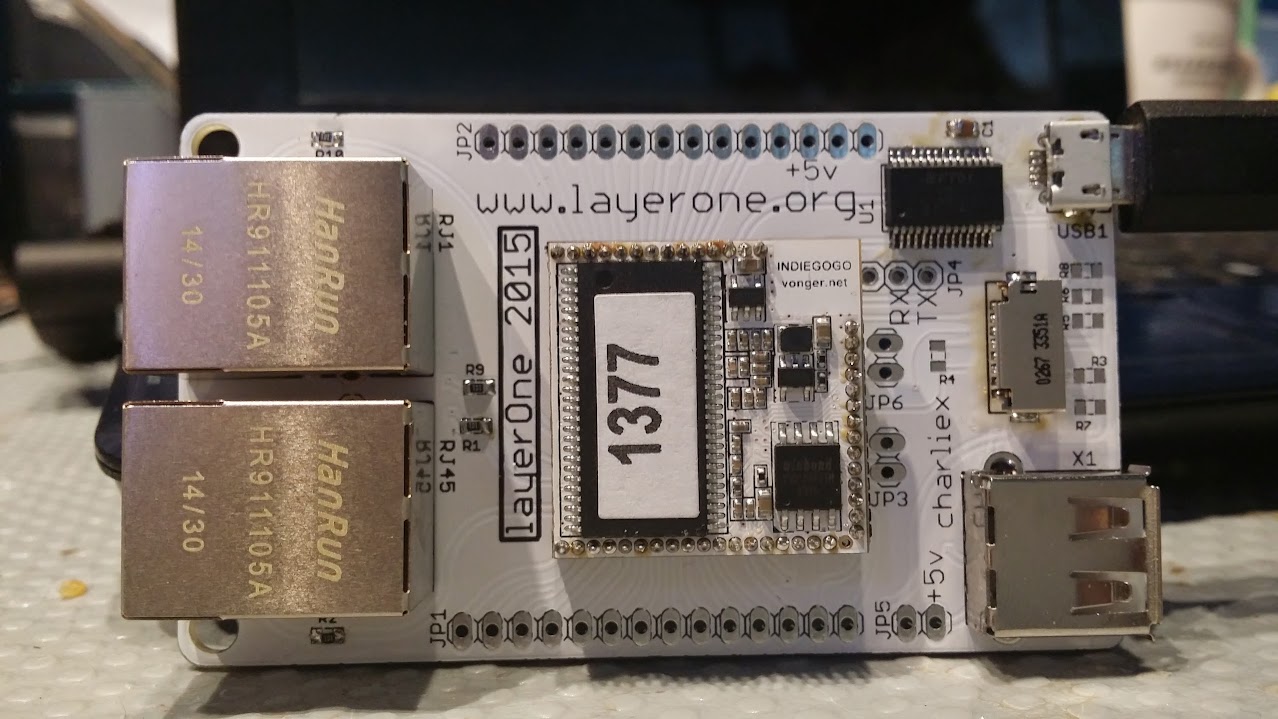


 \
\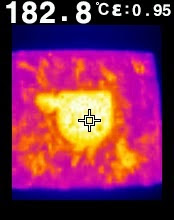


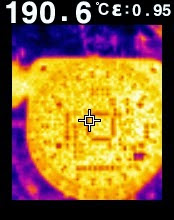







very excited about this. I love ws2812s like hippies live acid, and I've been looking for an excuse to dive into the esp8266. gotta get my toolchain ready, never worked with the cypress psocs before.